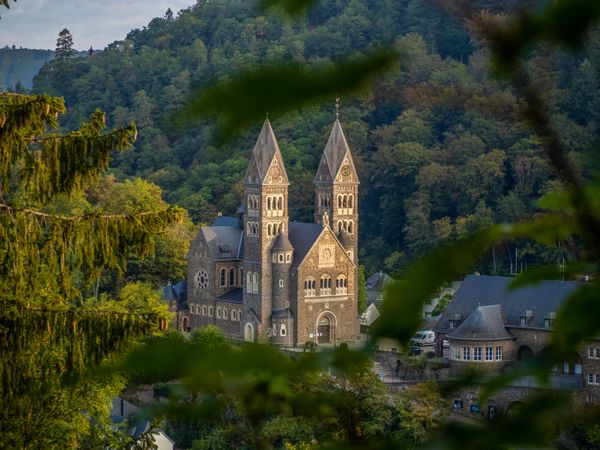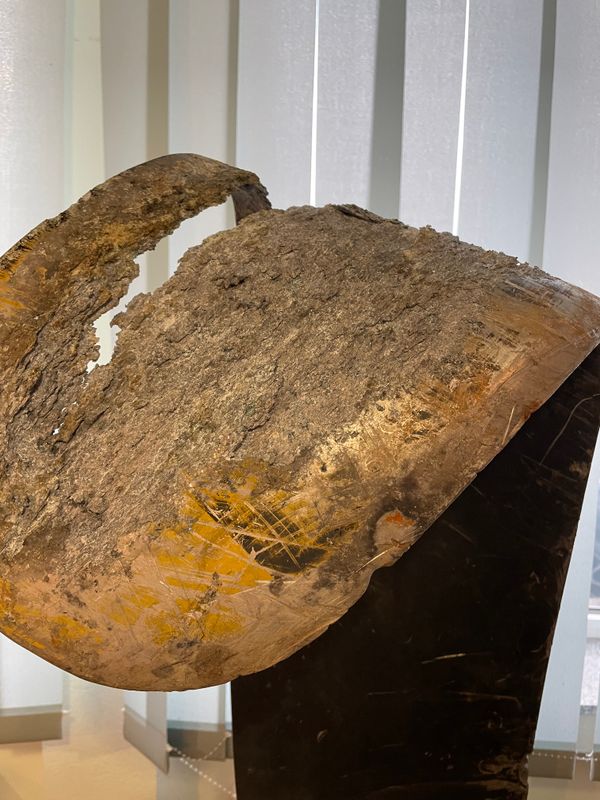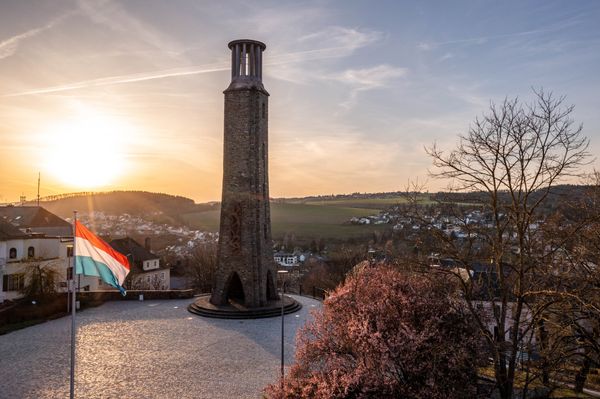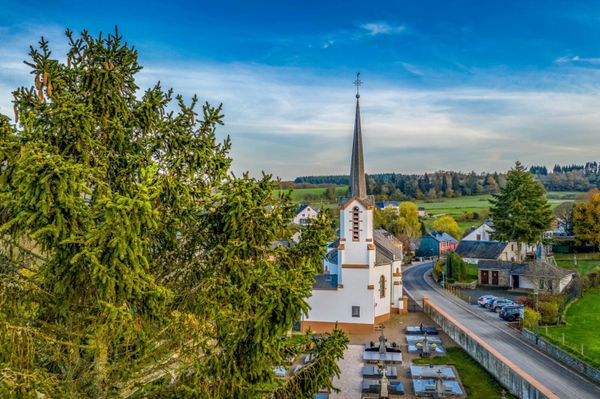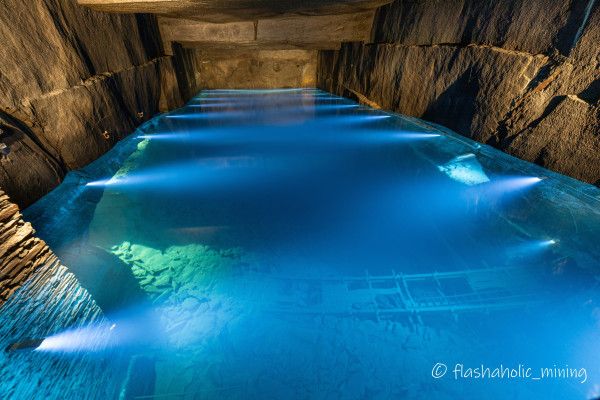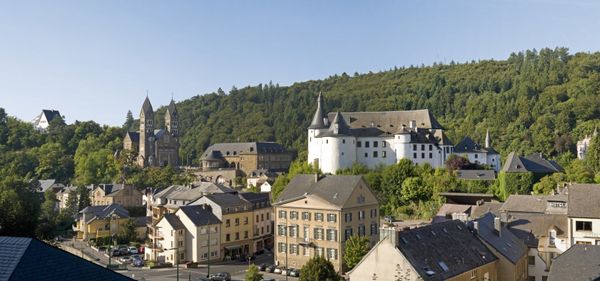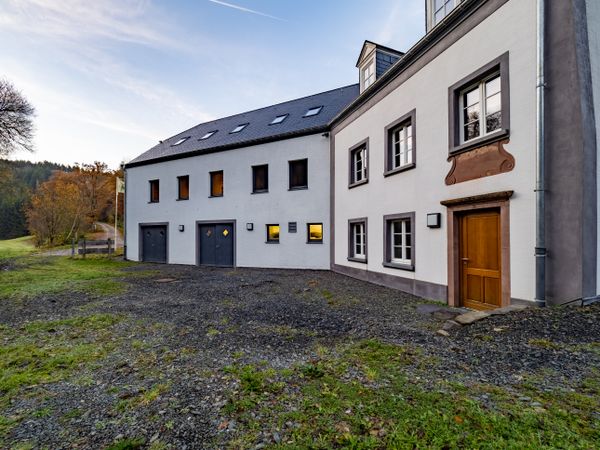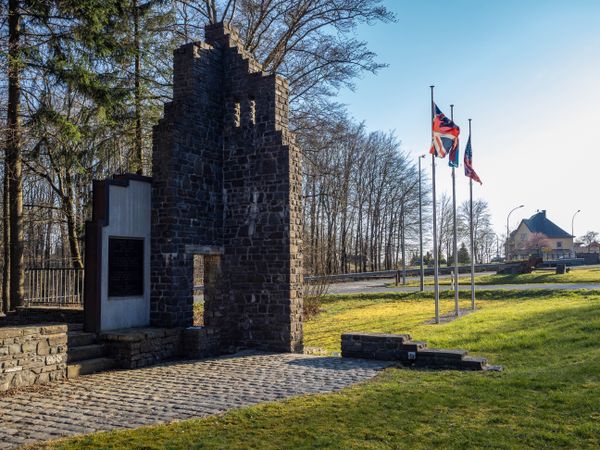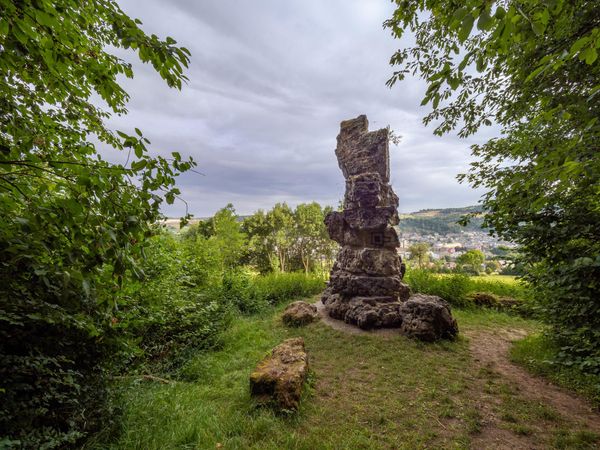

St. Pierre Chapel
Where? L-9760 Lellingen
The chapel in Lellingen is an octagonal masterpiece that combines history and architecture in unique harmony.
The picturesque village of Lellingen, part of the municipality of Kiischpelt in the canton of Wiltz, was recognised as a model village by the Service des Sites et Monuments in 1984 and preserves its authentic atmosphere. The octagonal Saint-Pierre church sits enthroned in the middle of the village.
Lellingen, a charming village in the Oesling, located about 10 kilometres east of Wiltz, unites at the crossroads of three streams: Lellgerbaach, Pëntschbach and the largest, the Clerve, which surrounds the chapel. The original chapel, dedicated to Saint Peter, was probably built around 1750 and consisted of an oblong building with 4 small windows. In the 19th century, the chapel was extended and given its definitive shape. With its unique architecture, the chapel presents itself with a narrow, elongated choir and a higher, roof-shaped transept. In the middle of the transept rises a small tower with a single bell from 1840, dedicated to Saint John. The interior is characterised by statues and reliquaries reflecting the rural piety of the Baroque and the 19th century.
A special feature is the wooden altar retable, framed by doors that provide access to the small sacristy. The Regence-style décor with acanthus leaves and vines decorates the altar. The chapel blends seamlessly into the village and remains a lively place that regularly hosts exhibitions and attracts tourists, especially during the annual Open Air Konstfestival since 1991. The chapel is a significant work of art of historical, architectural and aesthetic value that complements the authentic atmosphere of the village.
Opening hours

